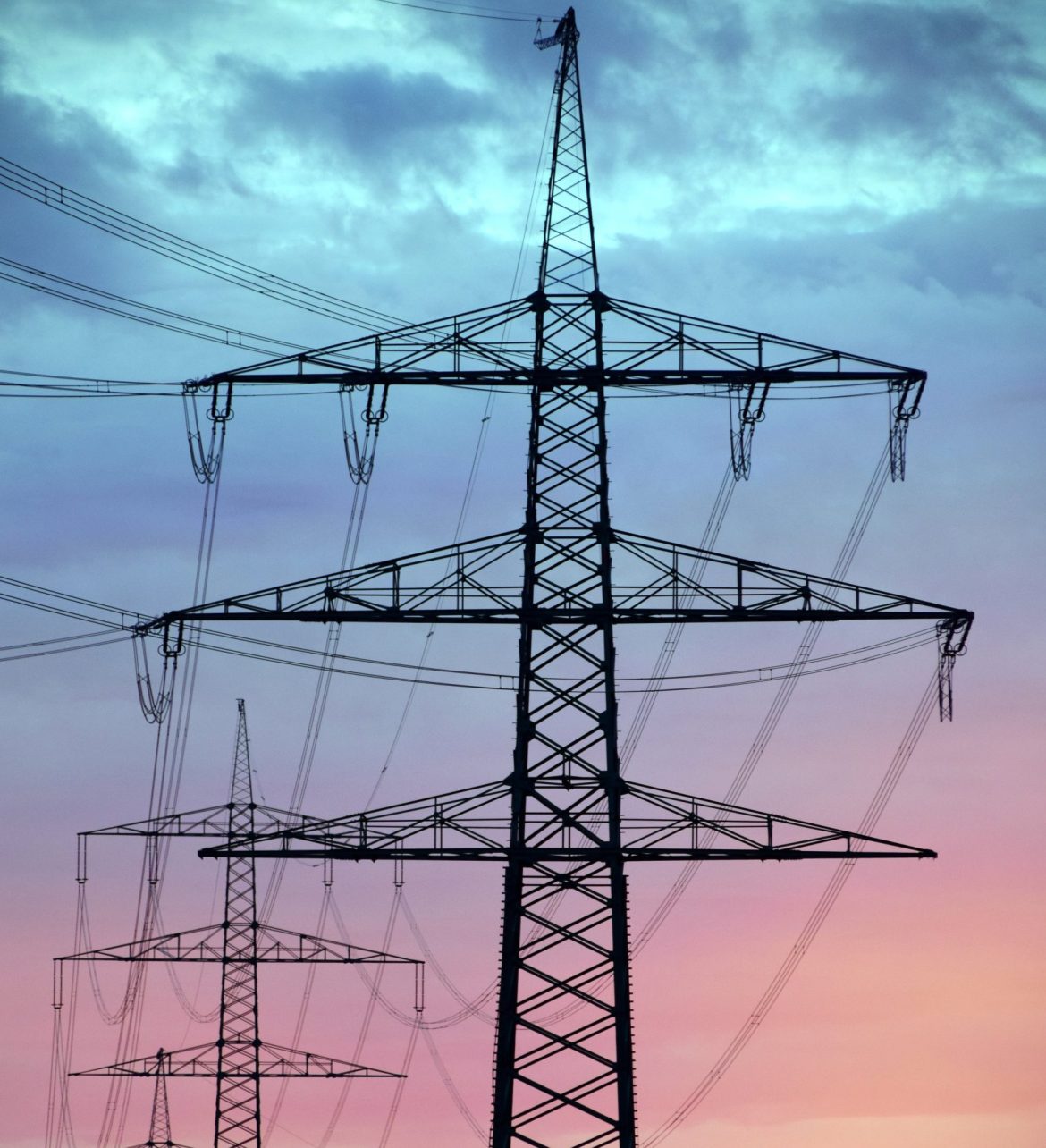Kenya has seen a sharp rise in its electricity imports from neighboring countries in the past year, as the power demand outstrips the supply from its generation sources.
According to data from the Kenya National Bureau of Statistics (KNBS), the country imported 706.9 million kWh of electricity from Ethiopia and Uganda in the first 11 months of 2023, up from 288.27 million kWh in the same period in 2022.
The bulk of the power imports – 546.5 million kWh – came from Ethiopia, which has emerged as Kenya’s biggest electricity supplier in the region. Ethiopia has overtaken Uganda, which for years was Kenya’s top source of power imports.
The increase in power imports is partly attributed to the completion of the 500kV Ethiopia-Kenya interconnector line, which was built by the Kenya Energy Transmission Company (KETRACO). The line enables Kenya to access cheaper hydropower from Ethiopia and facilitates regional power trade in East Africa.
The Energy and Petroleum Regulatory Authority (EPRA) expects the power imports from Ethiopia to rise by 200MW over the next three years, increasing the import capacity from the country to 400MW.
However, the reliance on power imports also exposes Kenya’s challenges in meeting its own energy needs, despite investing heavily in the sector. Kenya’s installed power generation capacity stands at about 3,078MW, while the total effective interconnected capacity is about 2,925MW. The system peak demand averages 2,057MW, while the average available capacity is 2,035MW, necessitating the imports, according to EPRA.
The African Development Bank (AfDB) recently released a country strategy paper for Kenya, which noted that the country “is committed to national and global targets of reliable, affordable, and clean energy.”
“In line with the Least Cost Power Development Plan (2020-2040), significant public and private resources have gone into the energy sector to increase generation capacity as well as the expansion and reinforcement of transmission and distribution systems, including last mile connections,” the paper said.
“Despite this, energy outages are common and are explained by loss of power generation, extreme weather, and vandalism. The average electricity retail tariff and generation cost are high due to low efficiency and losses in the energy value chain.”
Kenya is not alone in facing power shortages in the region. According to the International Energy Agency (IEA), sub-Saharan Africa has the lowest electricity access rate in the world, with only 45% of the population having access to electricity in 2023. The IEA estimates that the region will need to invest $120 billion per year until 2030 to achieve universal electricity access.
The IEA also projects that the region’s electricity demand will grow by 4% per year until 2030, driven by population growth, urbanization, industrialization, and economic development. To meet this demand, the region will need to diversify its energy sources and increase its cross-border power trade.
Kenya has taken steps to address its energy challenges, such as developing renewable energy projects, improving its grid infrastructure, and implementing energy efficiency measures. The country has also signed agreements with other countries, such as Tanzania and Zambia, to enhance its power trade and integration.
The country’s vision is to become a net exporter of electricity by 2030 and to provide universal access to affordable and reliable power for its citizens. With the support of its regional partners and international donors, Kenya hopes to overcome its energy woes and achieve its development goals.
Source: ESI Africa



